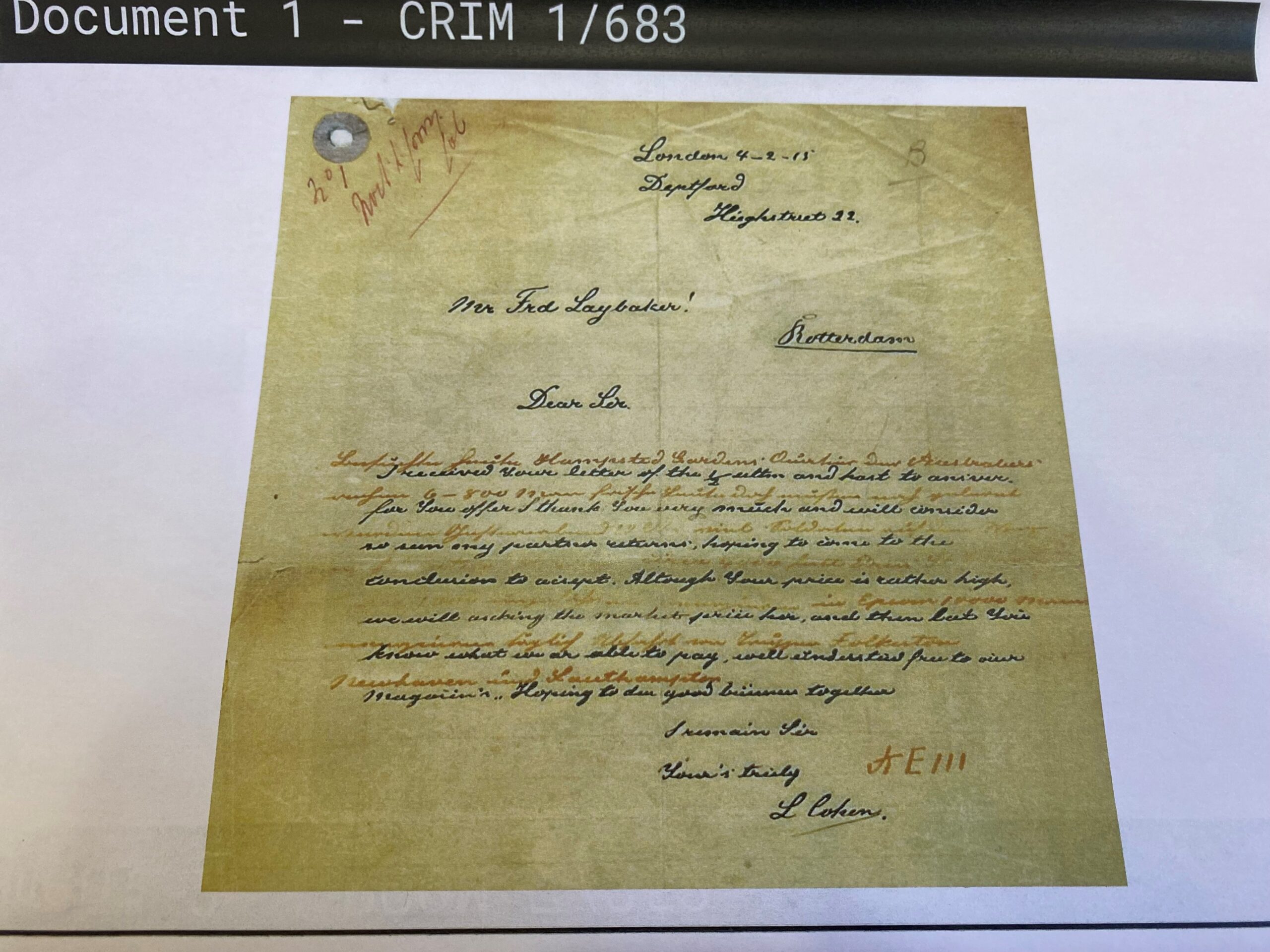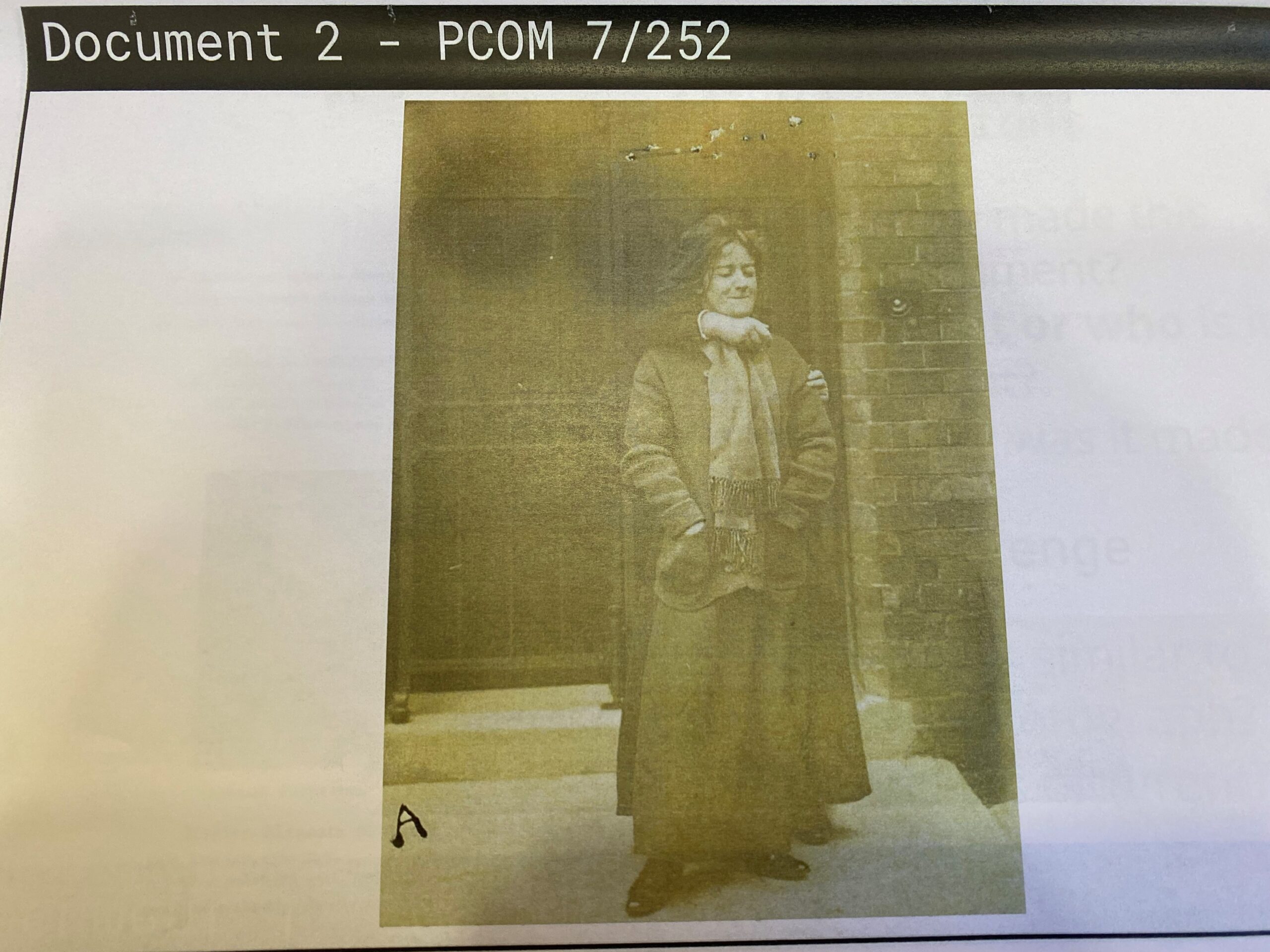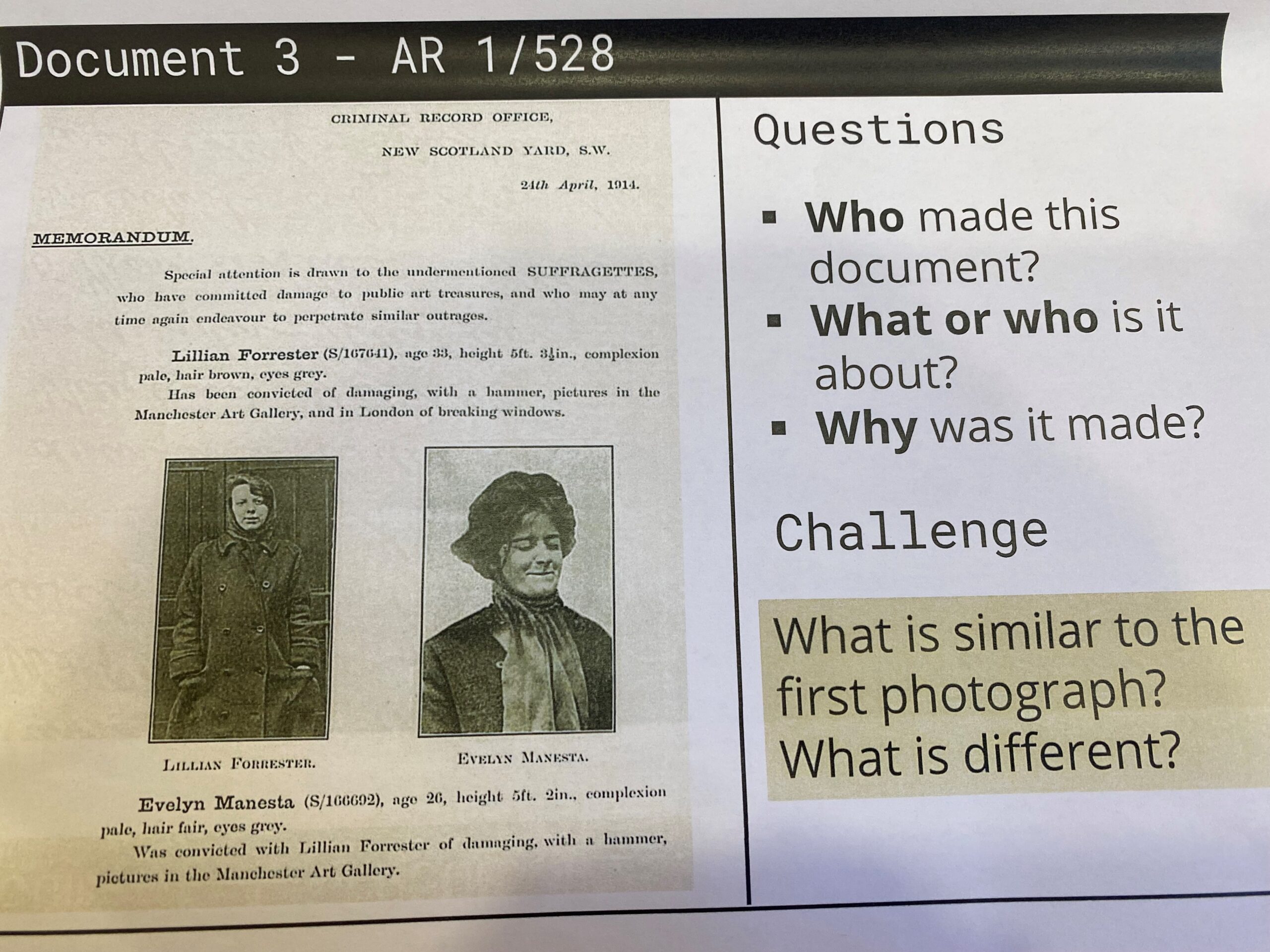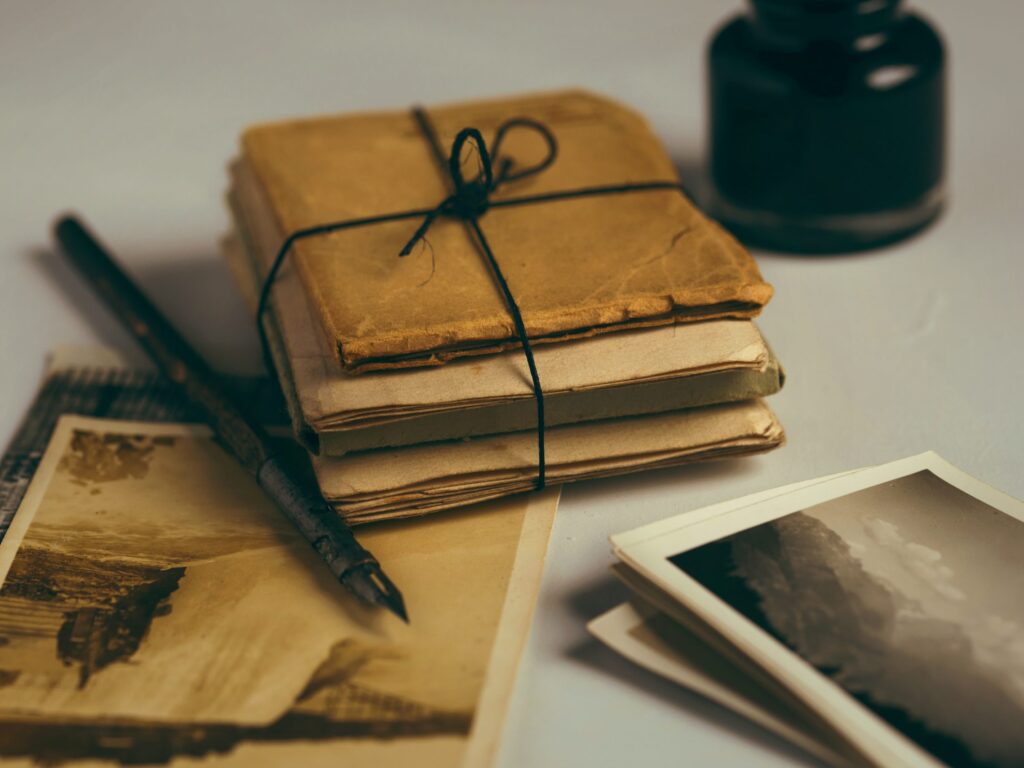On Tuesday 21st September, our 1st Form boys and girls were treated to an extra special lesson by Hannah from the National Archives in London, delivered on Zoom in the Selbourne Room. First of all, they discussed what History is and debated whether it was about just important things which happened in the past before concluding that it was everything which has happened in the past. They learnt that the National Archives can only hold a limited amount of documents, around 5% of all documents, and that many things in the past could simply not be recorded and stored due to the lack of digital technology we have today.
The pupils learnt that as History detectives we have to piece together what happened in the past using primary and secondary sources, like doing a jigsaw. But have you ever done a jigsaw only to find that there are missing pieces? Many of the pupils had, and all agreed that it can be a bit frustrating being a Historian.
The pupils were asked to look at an item in the National Archives, to describe it and try and work out what it was. Having had plenty of discussions that it might be a dried up cocoa pod or a bit of burnt wood, it was finally revealed that it was a lemon from 1915! So why do the National Archives have a 106 year old lemon in their possession from World War 1? The pupils were invited to become History detectives and try to work out various clues from the bag which was stored with the lemon. We learnt that every document in the National Archives has a code on it and this one had a code which indicated it was ‘criminal’. What could this mean? We had various proposals that the lemon had been stolen from the King, that the lemon could be rations, or even was requested for a prisoner’s last meal.



We would like to thank Mrs Phillips, Head of History, for organising, Hannah from the National Archives for delivering such a fascinating session and to all our 1st Form History detectives for taking part so enthusiastically.



